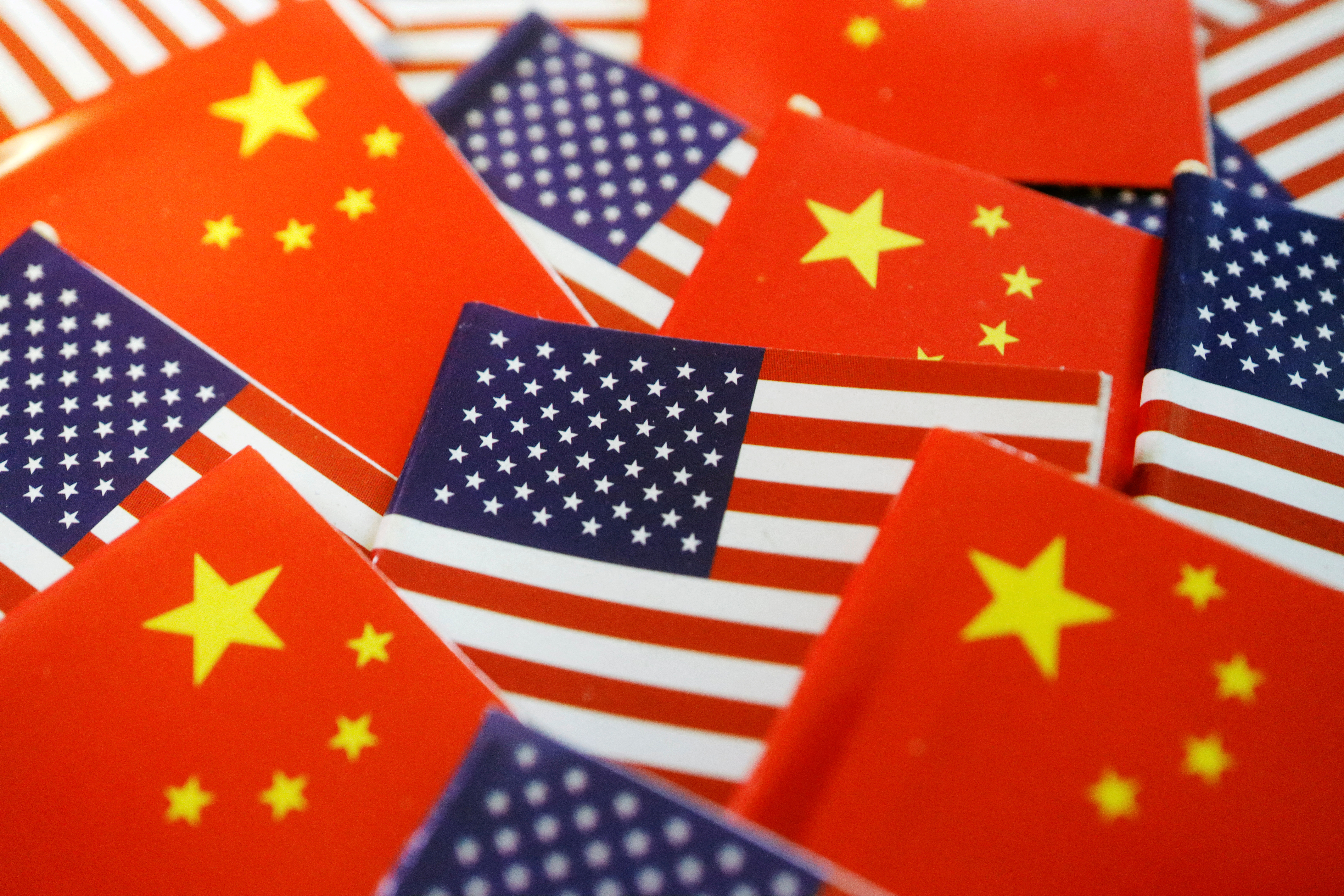
By Komal Khan 3 July 2023
The geostrategic competition between the U.S. and China underscores that the world is moving from a uni-polarity to a multi-polar order, creating friction in the international system and regional orders. While this destabilizes the status-quo powers, it also offers opportunities and challenges for middle powers.
In contemporary great power competition, South Asia, referred to as Southern Asia by India and a geographical blasphemy, is fast emerging as the second most specific arena in their global competition. In this region, India and Pakistan are significant stats in this regard. South Asian region is of interest to the U.S. and China. Hence their balance of power strategy divides the region into three competitive and two cooperative dyads operating simultaneously. The China-U.S. dyad, the China-India dyad, and the Pakistan-India dyad are competitive. At the same time, the cooperative dyads include the India-U.S. dyad and the Pakistan-China dyad. These dyads have been witnessing competition and cooperation taking place at the same time. These cooperative partnerships in a competitive geo-strategic environment produce a complex set of consequences for the regional states of Pakistan and India.
Due to this strategic competition, the U.S. has been relying on India to contain China as it did on Pakistan to contain the Communists in the region. Pakistan was a reliable partner, as assessed from the Capitalism takeover of the world order in the 1990s.
The U.S. – India partnership has three
primary features: first, the transfer of high-end advanced technology; second, the increased India-U.S. nuclear cooperation; and third, the geo-political clout benefitting India with the U.S. designation of India as the net security
provider in the Indian Ocean Region. This partnership has resulted in India’s more significant economic potential. The size of India’s GDP is growing at an average rate of 6-7% every year. And this is why the U.S. finds India the only meaningful competitor to China in the Region.
Second and most importantly, India’s well-placed diaspora caused India’s soft power influence in the U.S. and West, which presents India as the most influential economic and strategic counterweight to China in the Asia-Pacific Region.
China’s offensives in the maritime domain are challenging the status quo in the world order in the Asia-Pacific. Therefore, the US correlated with India to share the burden of policing in the Indian Ocean. The U.S. designated India as the net security provider because the Indian navy offers a counter-force to the PLA navy. Therefore, India is a key member of the QUAD partnership with China. In 2016, the U.S. designated India as a major defense partner, putting India at par with the closest U.S. defense allies. Since 2008, India has purchased 21 billion dollars of military technology.
As a counterweight to China, India-U.S. nuclear deal provided India with an NSG waiver and a de-facto recognition of India’s nuclear programme as a nuclear weapon state outside the NPT with none of the obligations of the NPT signatories.
Consequently, now-onwards, India has been concentrating more on its nuclear capability, as witnessed in the change in India’s language regarding its nuclear doctrine.
Notably, writings by Ashley Tellis and Vipin Narang, the prominent proponents of India’s policy, highlight India’s campaign to resume its nuclear testing, specifically thermonuclear testing. Ashley Tellis and Bharat Karnad can be analyzed as manipulating American support for India’s resumption of nuclear testing. The Trump Administration seems to have been aware of India’s belligerence in nuclear domains, as evident during the National Security meeting wherein Trump’s national security advisors ruled out further testing by the U.S. out of the realization that it might serve as a precedent for other revisionist states in line.
Consequently, the West is hopeful for what India can deliver, especially in a two-front war scenario. Despite India’s huge gains from the U.S in terms of technology, it now has limited scope of managing its position in the U.S-China competition, similar to Pakistan’s liabilities as a Non-NATO ally amid U.S-Communist competition for world order. 2 possibilities exist: Based on India’s history of non-alignment and independent foreign policy in terms of Military intervention on behalf of foreign powers, it is more likely to be America’s bad bet on India. This may be assessed by India’s performance in QUAD and the formation of another QUAD in the region, a minus-India partnership restricted to America’s most reliable allies. However, if the Modi administration revises its policy of non-alignment in this strategic competition, it might turn into India’s bad bet on the Americans since Russia was a more reliable time-tested ally to India than the United States.
In South Asian security, the two-front war scenario is a challenge for Pakistan, as in the India-China competition, any capability India builds against China can be used against Pakistan. This creates convention asymmetry in South Asia military capabilities and builds the case for an arms race. Therefore, Pakistan’s deterrence requirements have been sensitive to and mindful of maintaining the level of deterrence. It pressures Pakistan to respond to the region’s military buildup dynamics. An arms race is not an option; however, maintaining a reasonable level of deterrence is required. Here, Pakistan’s strategic partnership with China is an opportunity, regardless of Pakistan’s economic instability. With the support of China and Turkey, Pakistan’s naval modernization is unprecedented in history and doubles surface fleets and submarine technology.
Compared to India and learned from history, Pakistan has kept its options open for successful hedging between the competing states of the U.S. and China; however, that is a challenge and an opportunity only if Pakistan can achieve political stability and put its economy back on track.
The author is a researcher at Strategic Vision Institute Islamabad.
